Singani rehabilitation achieves new milestone
The rehabilitation of the former opencast Singani Colliery located 30 km from Middelburg has reached an important stage with the completion of earthworks in June 2021. This included the moving of a large quantum of hard (820 561 m³), subsoil (185 924 m³) and topsoil (392 824 m³) materials as part of the remediation process.
Mining commenced at Singani Colliery in September 2014, with its resource having been depleted in February 2019. At peak production, the mine produced 130 000 tons a month of run of mine (RoM) coal. However, throughout the life of mine concurrent rehabilitation of the mining areas was undertaken which has aided in the speed of the rehabilitation of the site.
Canyon Coal implemented a risk-based approach to ensure concurrently implemented rehabilitation actions would achieve the desired post-mining landscape and land capability aligned with end land use goals of restoring the site to agricultural land. Singani Colliery is Canyon Coal’s first mine to reach the rehabilitation stage with the ultimate goal of receiving a mine closure certificate from the Department of Mineral Resources and Energy (DMRE).
An aerial view of rehabilitated land at Singani Colliery
Singani Mine Manager Mike Seme says that being part of the rehabilitation team has meant a great deal to him. “I was at Singani when it was an active mine now it is good to see it gradually returning to its original state before mining was undertaken here.” He notes that the earthworks rehabilitation included backfilling of pit areas and voids and removal of: the RoM pad, roads, workshops, offices, all infrastructure and levelling the ground, along with the eradication of invasive plants. All the pit areas have been carefully backfilled with the overburden that was removed in order to access the coal and has been covered with topsoil.
Canyon Coal Compliance Officer Arjen Nell points out that Singani Colliery has followed the prescribed, environmentally sound way of mining and rehabilitating the site. The team has stockpiled the overburden (material) in the sequence it was removed, preparing to backfill these mining areas again with the hard-, soft- and topsoil after taking out all the coal in the pit.
He notes that it was crucial to level the rehabilitated area so that it blended in with the surrounding landscape. Factors that needed to be taken into consideration included the natural contours of the surrounding landscape and the direction of water flow on-site.
“I believe this will set a benchmark for future projects in terms of achieving a fully rehabilitated mine, to get as close as possible to what the environment was initially and to return it to agriculturally productive land. This means that our end goal is to restore the land to arable land and ensure that the whole area is functioning ecologically as it was before mining commenced. Achieving this would be a major milestone for the company,” states Arjen.
Menar’s Head of Environmental Compliance Melissa Pillay notes that Canyon Coal has carried out regular environmental audits at Singani to examine the stability of the site. Rehabilitated areas are examined for surface cracks and to ensure all areas are free draining.
“Canyon Coal and Menar are deeply committed to ensuring the full restoration of agricultural land usage at site. The completion of the earthworks will allow for seeding to take place which will commence in due course. This is in line with the Menar Group’s goal to attain a mine closure certificate for Singani,” Melissa states.
Arjen Nell - Canyon Coal Compliance Officer
Mike Seme - Singani Mine Manager
Melissa Pillay - Menar Head of Environmental Compliance







